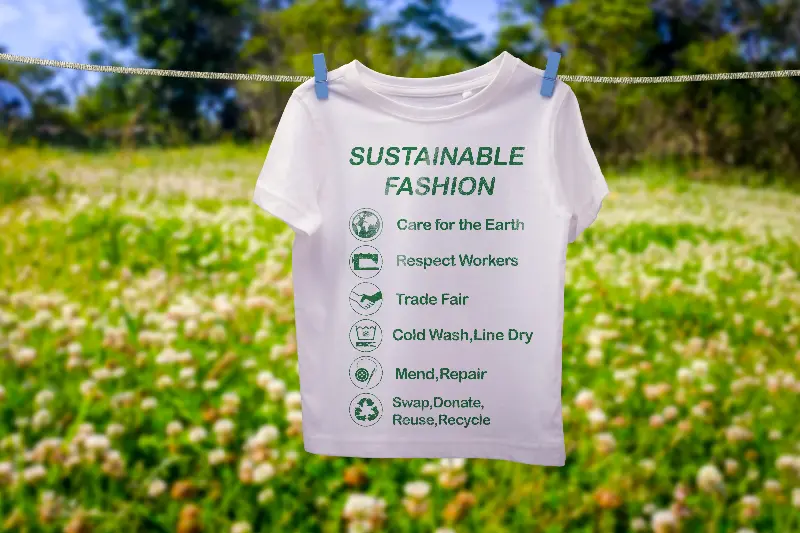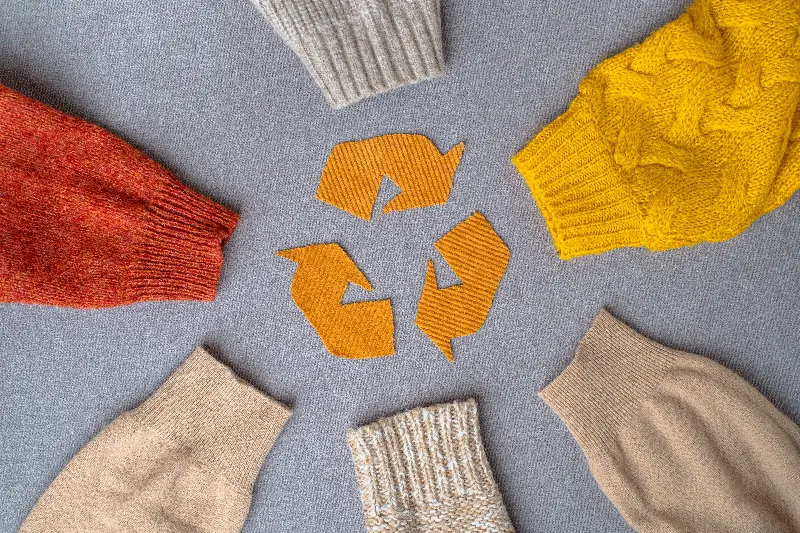
Sustainable fashion is a phrase that gets tossed around a lot these days. You see it on glossy magazine covers, tagged on Instagram, and splashed across the websites of major apparel brands. But as the sea of green labels grows, it’s natural to wonder—how much of this movement is really making a difference, and when does sustainable fashion actually cross over into true recycling, transforming the industry’s relationship with waste?
Decoding the Green Label Maze
It’s no secret that fashion loves a good trend, and right now, “sustainable” is the trendiest word on the rack. While plenty of brands proudly advertise their eco-credentials, what sits behind those feel-good labels can be hard to decipher. Terms like “organic,” “recycled materials,” “biodegradable,” and “eco-friendly” can mean many things—and sometimes, not much at all.
One reason for confusion is the prevalence of greenwashing: when companies use marketing to give a misleading impression of their environmental impact. For example, a t-shirt might feature a “recycled” badge, but if only 10% of the fibers are recycled and the rest is conventional polyester, how much progress is really being made? Shoppers are starting to demand more transparency, and for good reason.
What Real Recycling Actually Means in Fashion
Textile recycling, in its truest sense, goes far beyond using a few post-consumer bottles to make a new jacket. Real recycling is about creating a closed loop, often called a “circular” model. In this ideal system, clothing at the end of its life isn’t sent to the landfill. Instead, it’s broken down and transformed into new fibers, which are then spun into fresh garments.
Right now, less than 1% of material used to produce clothing is recycled into new clothes, according to the Ellen MacArthur Foundation. Most “recycled” fashion involves downcycling—breaking old clothes into cleaning rags or insulation. While this keeps textiles out of landfills for a little longer, it doesn’t address the source problem: the sheer volume of apparel waste and the scarcity of genuine fiber-to-fiber recycling.

Exciting Innovations Paving the Way
The good news is, there’s genuine momentum in the space. Tech start-ups and established fashion houses alike are experimenting with astonishing recycling solutions. For instance, mechanical recycling processes can turn old cotton into new thread, though there are limits to how many times fibers can be reused before they weaken. Chemical recycling is even more promising: it dissolves textiles to their base molecules, which can be rebuilt into fresh, high-quality fibers with nearly endless repeatability.
Companies like Worn Again Technologies and Renewcell are developing chemical recycling at scale, aiming for a future where your worn-out jeans might, one day, be reborn as a crisp, new shirt. These innovations mark a step towards real recycling—where nothing truly goes to waste.
For fashion fans who want to spot trailblazers, look out for brands openly sharing their recycling process, volume, and impact in numbers. Brands like Patagonia and Stella McCartney, for instance, disclose their recycled fiber percentages and invest in pilot projects that explore new forms of textile-to-textile recycling.
Your Role as a Conscious Consumer
Consumers play a bigger part in this transformation than many realize. When you shop, asking questions is powerful: Is this label just about materials, or is the brand committed to closing the loop? Does the company provide repair, resale, or take-back programs that keep garments in use longer? Are items designed for disassembly, making them easier to recycle at the end of their life?
Making more thoughtful purchases, opting for quality over quantity, and using clothes for longer can collectively push the industry forward. Extended producer responsibility—an idea where brands are accountable for their products through every stage—gains traction as shoppers choose brands that offer recycling schemes or second-hand options.
It’s also worth celebrating the surge in community-driven solutions, like clothing swaps, resale apps, and local repair cafes. These grassroots movements amplify the message that fashion doesn’t have to end up as trash. The more we shift our habits, the more brands are compelled to seriously invest in real recycling.
